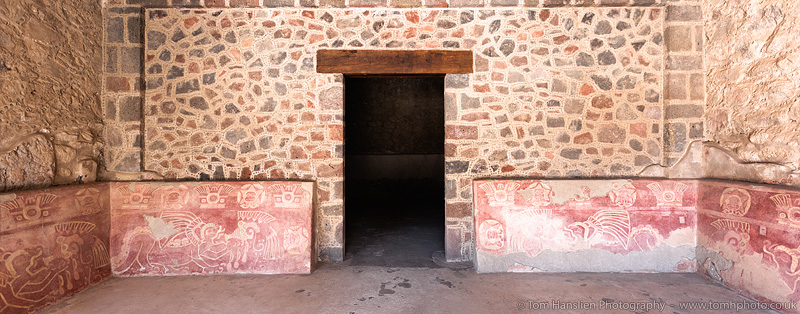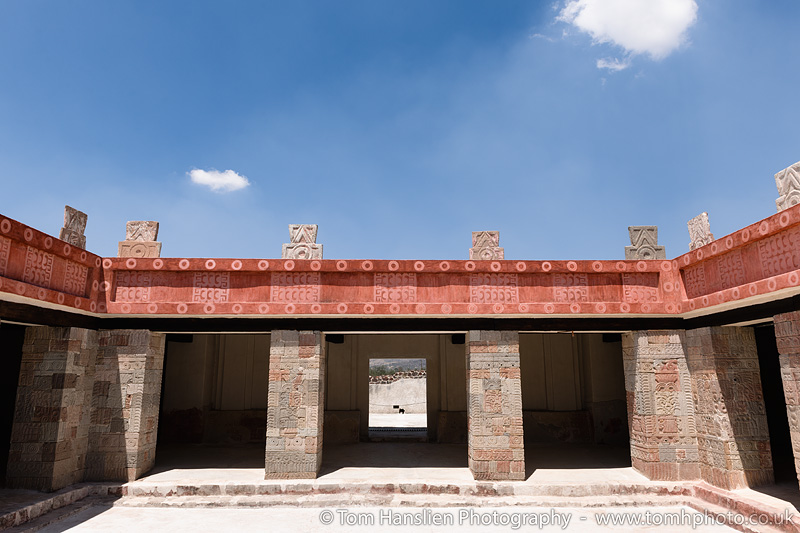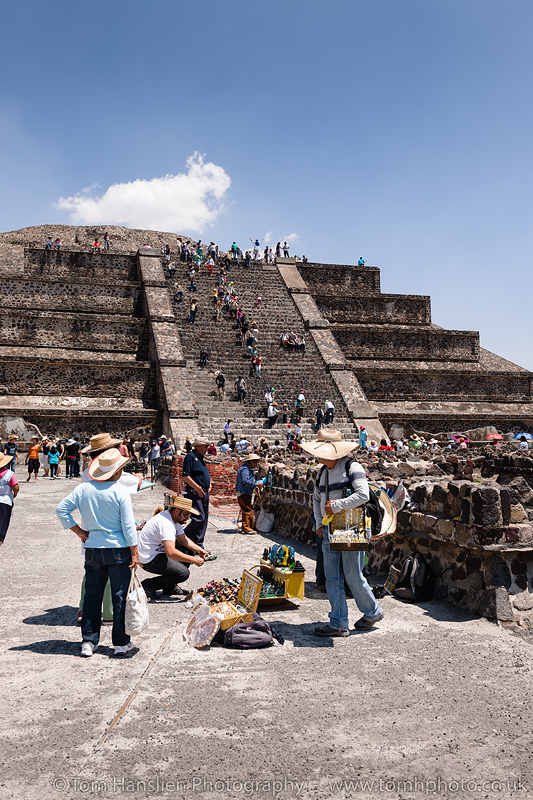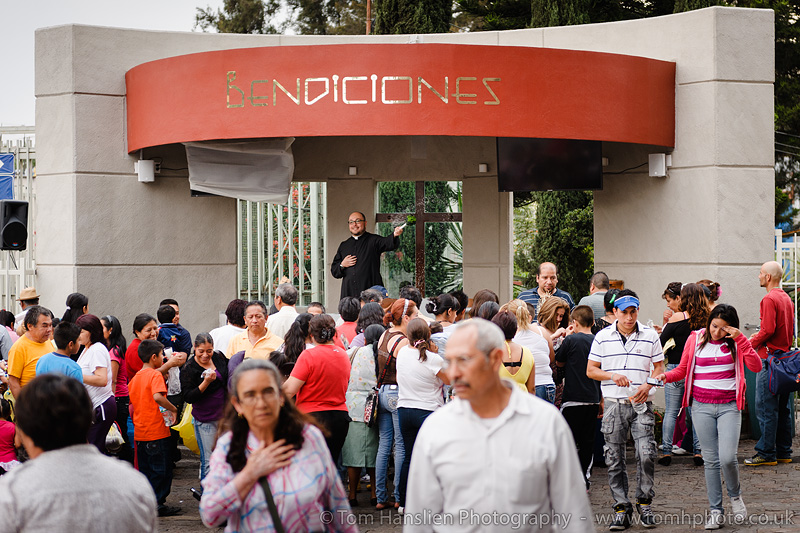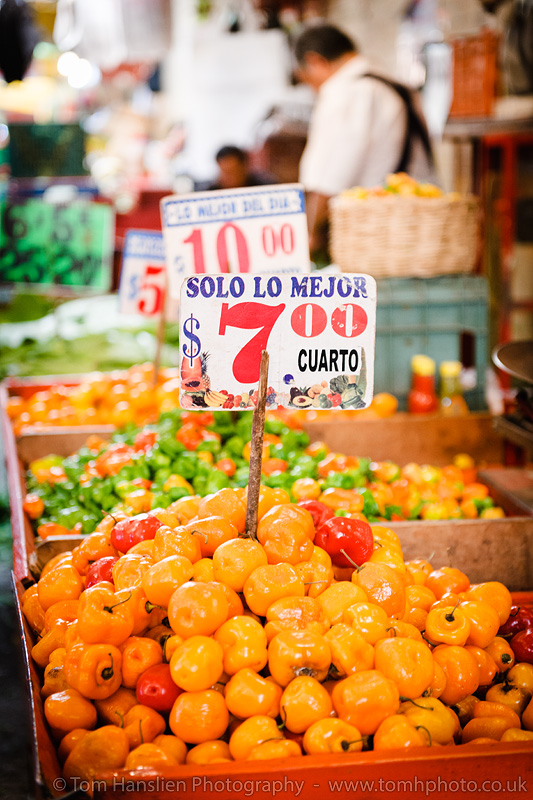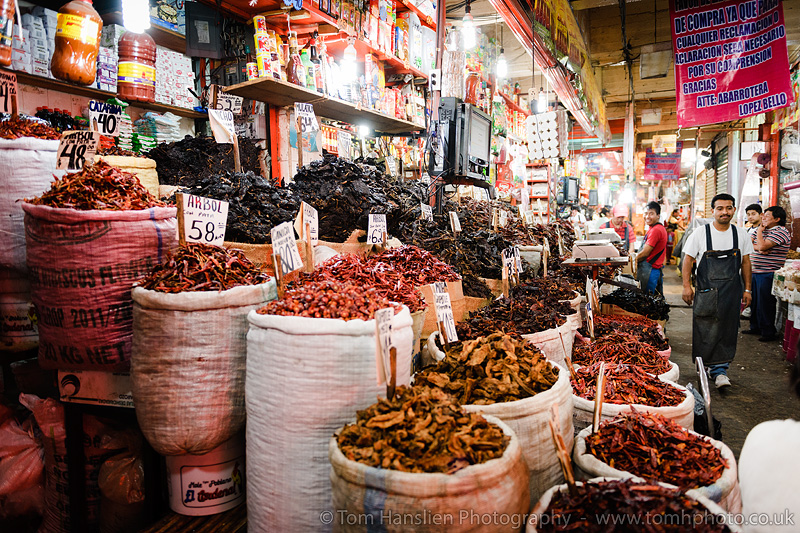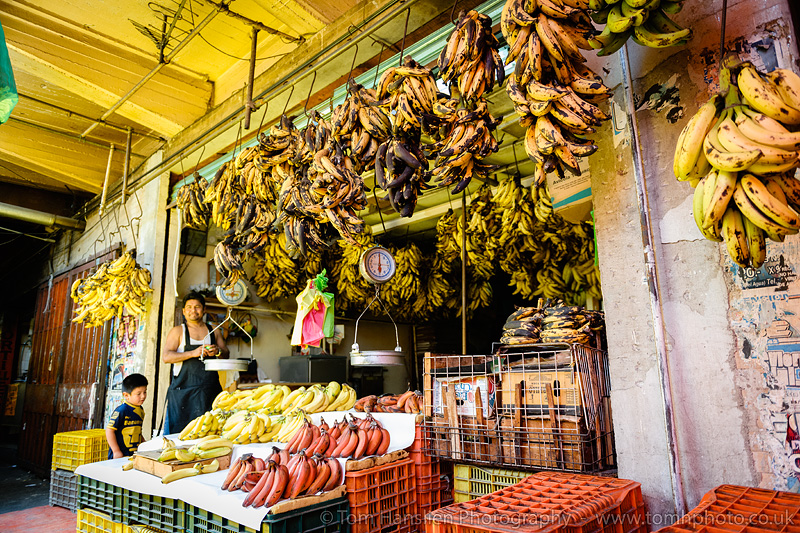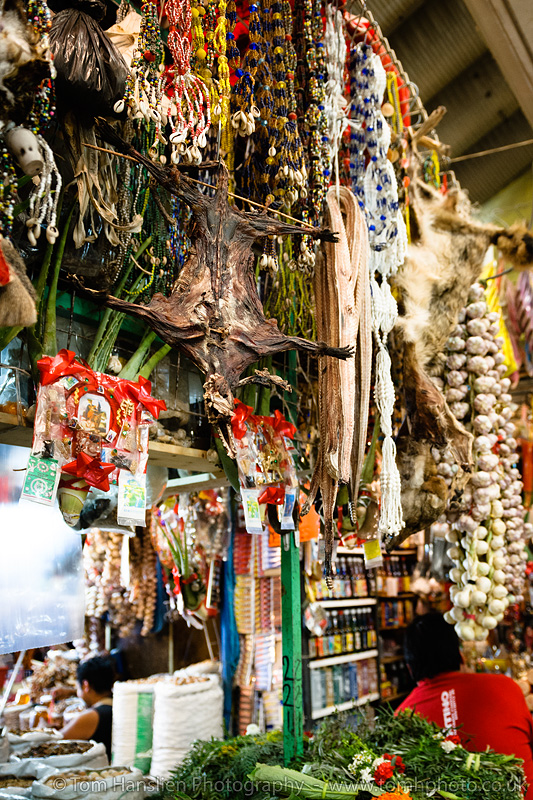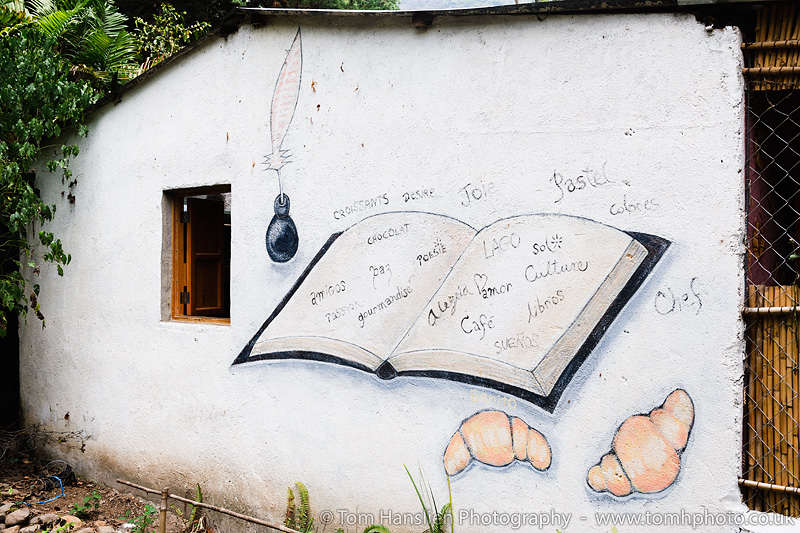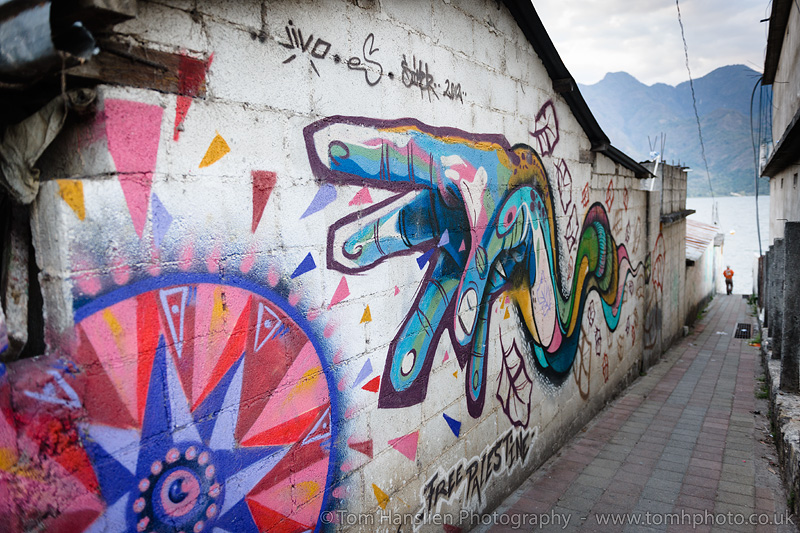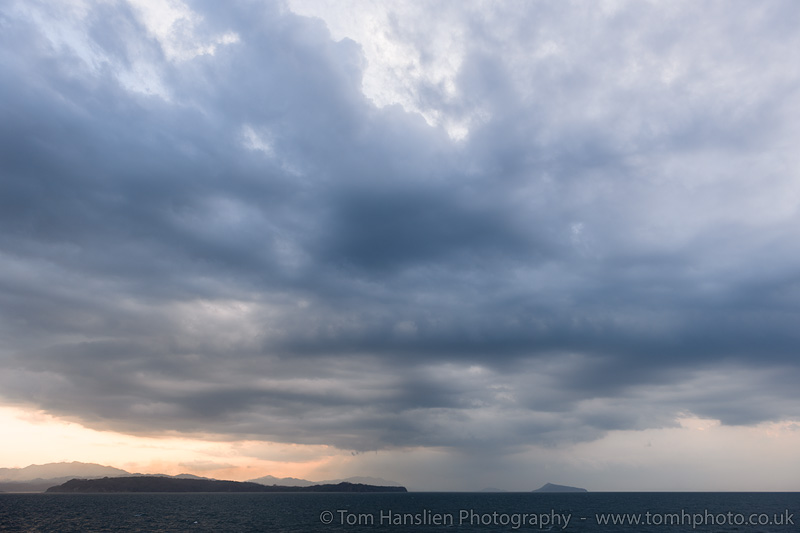
Our Cruz del Sur night bus from Nazca rolls in spot on time in Arequipa at eight in the morning but to our disappointment we’re far away from the historic centre where all the hostels are located. We hadn’t had much of a search for places before leaving Nazca as the internet in the hotel didn't really work very well. The bus has Wi-Fi on board but only works when there is a 3G mobile connection. Most of the trip goes through vast remote countryside so for most of the journey there is no internet for further search on Tripadvisor for guest houses and hotels. It also doesn’t help that we conk out almost immediately after we leave Nazca. We have a little bit of connection as we’re approaching Arequipa and try to do a little bit more of a search but it becamomes too ridiculous with the very shifty connection and we have to just chance it with some of the once we've already researched. We decide to head for a hostel called La Casa de Sillar – it has good reviews on Tripadvisor and also at 60 soles per night has fairly good rates when compared with the other hostels we've been looking at.
We get to the hostel quite early and are in luck that they have a room to spare – in fact they have a few alternatives for us. One room is a fairly small one upstairs which has only a single bed, but the lady tells us she can move another bed into the room for us if we like. The second option is also upstairs – it’s a dorm room with five beds in it but we can have it as a private room if we decide to go for it. The third alternative is a large double room on the ground floor which looks quite nice but it’s not as bright as the rooms above, and it has a bit of a damp smell to it. We decide for the small room upstairs and we’re happy to sacrifice the space for a brighter, airier room. This of course means the lady will have to move a bed from the dorm to our room – we ask if she needs assistance but are not allowed to help out and are left to our own devices in the kitchen to listen to the rummage upstairs. The room doesn't have a private bathroom but as there is nobody in the dorm room it’s like having our own bathroom. It’s absolutely massive with a bathtub/shower in the middle of the room. It’s very bright and airy due to a large skylight window. The architecture is a tad odd though and it feels like you’re on a platform above the kitchen and although there are windows underneath the platform, so not open into the kitchen, you can’t see these windows so it’s a weird feeling of being a bit exposed when in the shower or on the toilet.
[caption id="attachment_2598" align="aligncenter" width="533"]

La Casa de Sillar, Arequipa.[/caption]
After our check-in we go to find some lunch – it seems a lot of places are closed as it’s early in the day but we finally find a restaurant not far from the main square. The dish of the day is spaghetti Bolognese and this sounds very tempting to us both. We’re a bit shocked when we get it served though – it’s such a massive portion it could probably feed three or four people easily – no need for a desert and I'm glad we didn't order a starter. It’s a very nice Bolognese though, so we’re not complaining. All content we take to the streets for some sightseeing and our first stop is the Plaza de Armas and the Arequipa Cathedral. When we arrive there though it’s only the museum that is open and not the cathedral itself - we decide to revisit a bit later in the afternoon when it’s reopened. There are a few recommended sights in our guide and close to the Plaza la Armas is the Casa del Moral, a lovely well preserved stately home of the Moral family with interesting furniture and paintings.
[caption id="attachment_2509" align="aligncenter" width="545"]

Iglesa de la Compañia, Arequipa.[/caption]
[caption id="attachment_2511" align="aligncenter" width="533"]
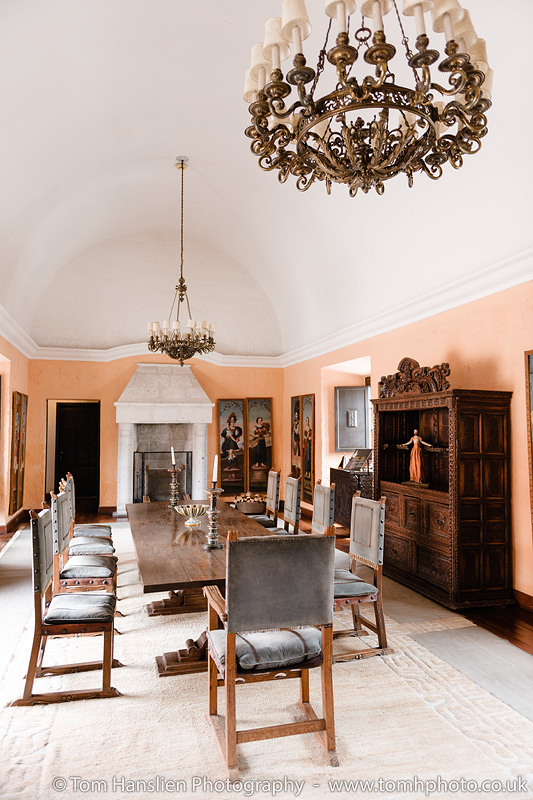
Casa del Moral, Arequipa.[/caption]
[caption id="attachment_2510" align="aligncenter" width="533"]

Casa del Moral, Arequipa.[/caption]
[caption id="attachment_2513" align="aligncenter" width="545"]

Casa del Moral, Arequipa.[/caption]
[caption id="attachment_2512" align="aligncenter" width="545"]

Casa del Moral, Arequipa.[/caption]
[caption id="attachment_2515" align="aligncenter" width="545"]

Casa del Moral, Arequipa.[/caption]
[caption id="attachment_2514" align="aligncenter" width="533"]

Casa del Moral, Arequipa.[/caption]
Also recommended in our guide is the Museo Santuarios Andinos where the 500 year old Mummy Juanita, or “Ice Maiden” as she’s also referred to, is on display – well, normally this is the case, but she’s in for service and further research. In her place is another frozen girl sacrifice also found high up in the mountains. The “Ice Maiden” was a girl sacrificed to the gods by the Inca high priests around year 1450 and due to the constant cold up in the mountains has been completely frozen for all these years, hence the remarkable preservation of the body. After the visit to the Museo Santuarios Andinos we continue to El Monasterio de Santa Catalina de Siena. This is a huge Monastery that is still in use but also open as a tourist attraction. As we enter it is starting to rain and stupidly enough I think it’s just going to be a quick light shower so don’t bother going to fetch my jacket from the Hostel – the rain lasts for hours and it’s torrential so even with my jacket I would probably been soaked, just not thoroughly to the bone – my linen shirt is not exactly waterproof... Even when only quickly running from house to house trying to stay under roof I get absolutely soaked. The grounds are absolutely massive and it takes us a few hours to walk through it all – in the end we even skip looking into some of the houses as we want to be able to find our way out before they close the place for the night. It’s a very colourful place and I can’t help taking way too many photos.
[caption id="attachment_2516" align="aligncenter" width="533"]

Monasterio de Santa Catalina de Siena (The Monastery of Saint Catherine), Arequipa.[/caption]
[caption id="attachment_2517" align="aligncenter" width="545"]
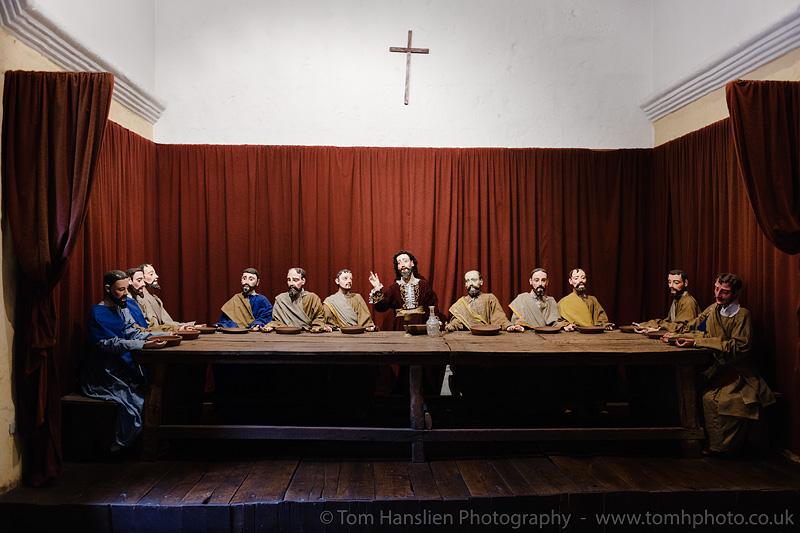
Monasterio de Santa Catalina de Siena (The Monastery of Saint Catherine), Arequipa.[/caption]
[caption id="attachment_2518" align="aligncenter" width="533"]

Monasterio de Santa Catalina de Siena (The Monastery of Saint Catherine), Arequipa.[/caption]
[caption id="attachment_2519" align="aligncenter" width="533"]
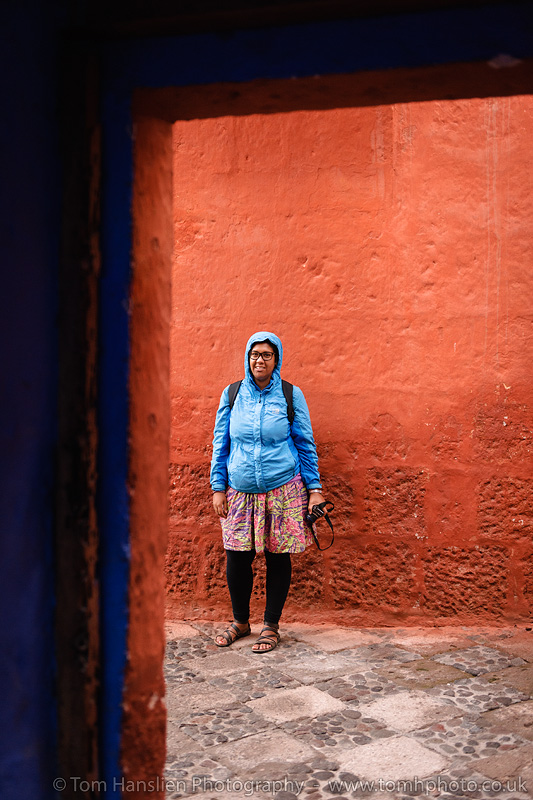
Hannah at the Monasterio de Santa Catalina de Siena (The Monastery of Saint Catherine), Arequipa.[/caption]
[caption id="attachment_2520" align="aligncenter" width="533"]

Monasterio de Santa Catalina de Siena (The Monastery of Saint Catherine), Arequipa.[/caption]
[caption id="attachment_2521" align="aligncenter" width="533"]

Monasterio de Santa Catalina de Siena (The Monastery of Saint Catherine), Arequipa.[/caption]
[caption id="attachment_2522" align="aligncenter" width="545"]

Monasterio de Santa Catalina de Siena (The Monastery of Saint Catherine), Arequipa.[/caption]
[caption id="attachment_2523" align="aligncenter" width="533"]

Monasterio de Santa Catalina de Siena (The Monastery of Saint Catherine), Arequipa.[/caption]
[caption id="attachment_2524" align="aligncenter" width="533"]

Monasterio de Santa Catalina de Siena (The Monastery of Saint Catherine), Arequipa.[/caption]
[caption id="attachment_2525" align="aligncenter" width="533"]

Monasterio de Santa Catalina de Siena (The Monastery of Saint Catherine), Arequipa.[/caption]
[caption id="attachment_2526" align="aligncenter" width="533"]
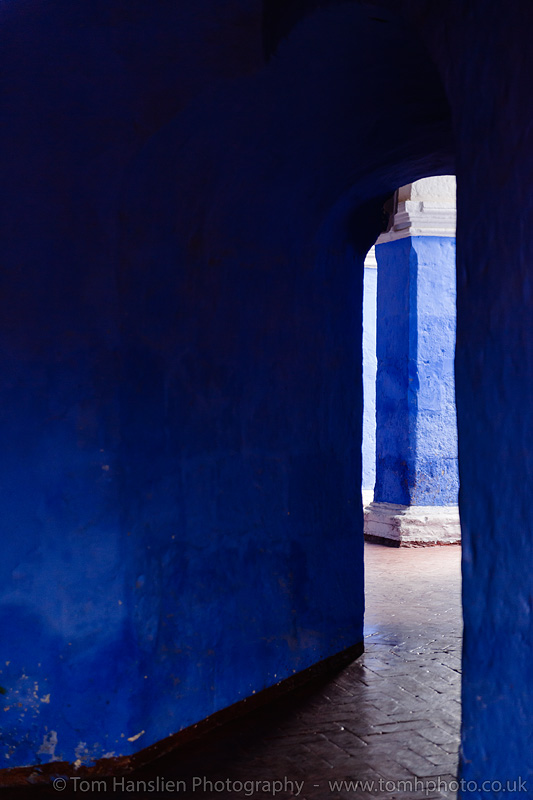
Monasterio de Santa Catalina de Siena (The Monastery of Saint Catherine), Arequipa.[/caption]
[caption id="attachment_2527" align="aligncenter" width="545"]

Monasterio de Santa Catalina de Siena (The Monastery of Saint Catherine), Arequipa.[/caption]
[caption id="attachment_2528" align="aligncenter" width="533"]

Monasterio de Santa Catalina de Siena (The Monastery of Saint Catherine), Arequipa.[/caption]
[caption id="attachment_2529" align="aligncenter" width="533"]

Monasterio de Santa Catalina de Siena (The Monastery of Saint Catherine), Arequipa.[/caption]
[caption id="attachment_2530" align="aligncenter" width="533"]

Monasterio de Santa Catalina de Siena (The Monastery of Saint Catherine), Arequipa.[/caption]
[caption id="attachment_2531" align="aligncenter" width="545"]

Monasterio de Santa Catalina de Siena (The Monastery of Saint Catherine), Arequipa.[/caption]
[caption id="attachment_2533" align="aligncenter" width="545"]

Monasterio de Santa Catalina de Siena (The Monastery of Saint Catherine), Arequipa.[/caption]
[caption id="attachment_2534" align="aligncenter" width="533"]

Monasterio de Santa Catalina de Siena (The Monastery of Saint Catherine), Arequipa.[/caption]
[caption id="attachment_2535" align="aligncenter" width="533"]

Monasterio de Santa Catalina de Siena (The Monastery of Saint Catherine), Arequipa.[/caption]
[caption id="attachment_2536" align="aligncenter" width="545"]

Monasterio de Santa Catalina de Siena (The Monastery of Saint Catherine), Arequipa.[/caption]
[caption id="attachment_2537" align="aligncenter" width="545"]

Monasterio de Santa Catalina de Siena (The Monastery of Saint Catherine), Arequipa.[/caption]
[caption id="attachment_2538" align="aligncenter" width="533"]

Monasterio de Santa Catalina de Siena (The Monastery of Saint Catherine), Arequipa.[/caption]
[caption id="attachment_2539" align="aligncenter" width="545"]

Monasterio de Santa Catalina de Siena (The Monastery of Saint Catherine), Arequipa.[/caption]
[caption id="attachment_2540" align="aligncenter" width="533"]

Hannah at the Monasterio de Santa Catalina de Siena (The Monastery of Saint Catherine), Arequipa.[/caption]
[caption id="attachment_2541" align="aligncenter" width="533"]

Monasterio de Santa Catalina de Siena (The Monastery of Saint Catherine), Arequipa.[/caption]
[caption id="attachment_2542" align="aligncenter" width="545"]

Monasterio de Santa Catalina de Siena (The Monastery of Saint Catherine), Arequipa.[/caption]
[caption id="attachment_2543" align="aligncenter" width="533"]

Monasterio de Santa Catalina de Siena (The Monastery of Saint Catherine), Arequipa.[/caption]
[caption id="attachment_2544" align="aligncenter" width="533"]

Monasterio de Santa Catalina de Siena (The Monastery of Saint Catherine), Arequipa.[/caption]
[caption id="attachment_2545" align="aligncenter" width="533"]

Monasterio de Santa Catalina de Siena (The Monastery of Saint Catherine), Arequipa.[/caption]
[caption id="attachment_2546" align="aligncenter" width="545"]

Monasterio de Santa Catalina de Siena (The Monastery of Saint Catherine), Arequipa.[/caption]
[caption id="attachment_2600" align="aligncenter" width="545"]

Monasterio de Santa Catalina de Siena (The Monastery of Saint Catherine), Arequipa.[/caption]
[caption id="attachment_2548" align="aligncenter" width="533"]

Monasterio de Santa Catalina de Siena (The Monastery of Saint Catherine), Arequipa.[/caption]
[caption id="attachment_2549" align="aligncenter" width="533"]

Monasterio de Santa Catalina de Siena (The Monastery of Saint Catherine), Arequipa.[/caption]
[caption id="attachment_2550" align="aligncenter" width="533"]

Monasterio de Santa Catalina de Siena (The Monastery of Saint Catherine), Arequipa.[/caption]
[caption id="attachment_2551" align="aligncenter" width="533"]

Monasterio de Santa Catalina de Siena (The Monastery of Saint Catherine), Arequipa.[/caption]
[caption id="attachment_2552" align="aligncenter" width="533"]

Monasterio de Santa Catalina de Siena (The Monastery of Saint Catherine), Arequipa.[/caption]
[caption id="attachment_2553" align="aligncenter" width="533"]
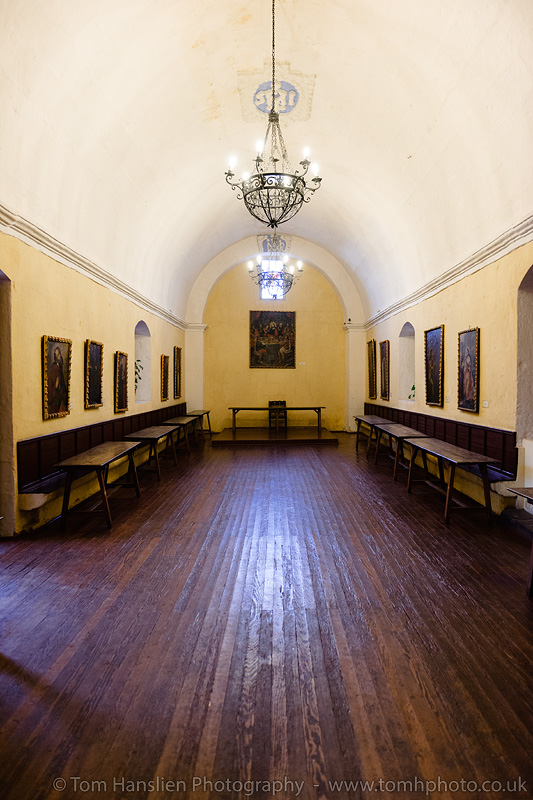
Monasterio de Santa Catalina de Siena (The Monastery of Saint Catherine), Arequipa.[/caption]
[caption id="attachment_2554" align="aligncenter" width="533"]

Monasterio de Santa Catalina de Siena (The Monastery of Saint Catherine), Arequipa.[/caption]
[caption id="attachment_2555" align="aligncenter" width="533"]

Inside the Catedral de Arequipa.[/caption]
[caption id="attachment_2556" align="aligncenter" width="533"]

Inside the Catedral de Arequipa.[/caption]
[caption id="attachment_2557" align="aligncenter" width="533"]

Inside the Catedral de Arequipa.[/caption]
[caption id="attachment_2558" align="aligncenter" width="545"]

Inside the Catedral de Arequipa.[/caption]
[caption id="attachment_2559" align="aligncenter" width="545"]

Catedral de Arequipa.[/caption]
After we finish our tour of the monastery we find a travel agent to book a tour of the Colca Valley and a visit to the viewpoint called Mirador de Cruz del Condor. It’s a long journey to get there so the tour starts at silly o'clock We need to be ready outside our hostel at 03:00. After a quick explanation in the minivan we are left to drift into sleep as the van takes us the three and a half hour drive to Chivay Village for breakfast. It’s the usual feast of bread and jam – the bread being very fresh so I don’t mind, but I think Hannah has had enough of bread and jam breakfasts so she’s less pleased. One change in the diet is the coca leaf tea - I've got no sign of altitude sickness except for being a bit short of breath at times so don’t bother with it. After breakfast it’s back on the minivan and we start our drive into the Colca Valley towards the Mirador Cruz del Condor. We pass some amazing scenery and I keep kicking myself as I can’t tell the van to stop to take photos. We have a short stop to enjoy the view just as the Colca Valley changes into Colca Canyon (although we've missed many much more interesting viewpoints on the way already......) and from here it’s only a short drive to the Mirador Cruz del Condor. We’re in luck and get to see some magnificent condors gliding past – our guide is so happy for us that we managed to catch a glimpse of the condors – it almost sounds like it’s more normal not to see them. After the viewpoint we start our journey back towards Arequipa but with a few stops on the way. First another panoramic viewpoint of the Colca Valley before we stop off in a village called Maca with its magnificent colonial church and a stand that sells Prickly Pear Pisco Sours – very yummy, and ridiculously strong. After Maca we go to the Chacapi Hot Springs outside the village of Yanque. We decide not to hop in despite bringing with us the bathing gear – the hot spring looks just like a normal swimming pool – it’s not like what we imagined I suppose – we thought it would be natural pools in the rocks. After a very boring hour waiting by the hot springs it’s finally time for lunch back in the place where we had breakfast in the village of Chivay – when we hear the lunch is a buffet we’re at first a bit sceptic – it has a tendency of consisting of cold dried out food. Our fears though, were very much unfounded and we had the nice surprise of a marvellous spread of traditional foods – my favourite was the alpaca stew and the stuffed peppers, all very yummy. We have two more stops to make before the trip is over – the first being the highest point of the route at 4910 meters where we’re supposed to have a great view of the mountains and volcanoes, but with our luck it’s sleeting and foggy so the visibility is next to nonexistent. The very last stop is a field where they breed alpacas, it’s a very serene peaceful place and it’s a nice end of the sightseeing. From here it’s direct back to Arequipa and when we get there we’re completely zonked out. We go back to our hostel and later go out to get a bite to eat but otherwise we’re just knocked out and just want to get some rest.
[caption id="attachment_2560" align="aligncenter" width="533"]

Colca Valley north of Arequipa.[/caption]
[caption id="attachment_2561" align="aligncenter" width="545"]
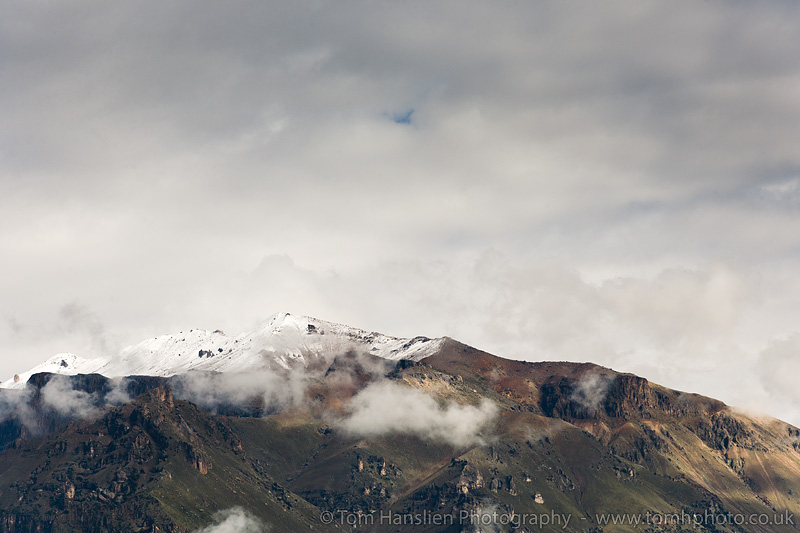
Colca Valley north of Arequipa.[/caption]
[caption id="attachment_2562" align="aligncenter" width="545"]

The Andean Rabbit in the Colca Valley north of Arequipa.[/caption]
[caption id="attachment_2563" align="aligncenter" width="533"]

Mirador Cruz del Condor in Colca Canyon north of Arequipa.[/caption]
[caption id="attachment_2564" align="aligncenter" width="533"]

Mirador Cruz del Condor in Colca Canyon north of Arequipa.[/caption]
[caption id="attachment_2565" align="aligncenter" width="533"]

Mirador Cruz del Condor in Colca Canyon north of Arequipa.[/caption]
[caption id="attachment_2566" align="aligncenter" width="533"]

Mirador Cruz del Condor in Colca Canyon north of Arequipa.[/caption]
[caption id="attachment_2567" align="aligncenter" width="545"]

Mirador Cruz del Condor in Colca Canyon north of Arequipa.[/caption]
[caption id="attachment_2568" align="aligncenter" width="545"]

Mirador Cruz del Condor in Colca Canyon north of Arequipa.[/caption]
[caption id="attachment_2569" align="aligncenter" width="533"]

Mirador Cruz del Condor in Colca Canyon north of Arequipa.[/caption]
[caption id="attachment_2570" align="aligncenter" width="545"]

Mirador Cruz del Condor in Colca Canyon north of Arequipa.[/caption]
[caption id="attachment_2571" align="aligncenter" width="545"]

Colca Canyon north of Arequipa.[/caption]
[caption id="attachment_2572" align="aligncenter" width="545"]

Colca Valley, north of Arequipa.[/caption]
[caption id="attachment_2573" align="aligncenter" width="545"]

Colca Valley, north of Arequipa.[/caption]
[caption id="attachment_2574" align="aligncenter" width="533"]

Photo-op in Maca Village in the Colca Valley north of Arequipa.[/caption]
[caption id="attachment_2575" align="aligncenter" width="545"]

Church of Maca in Maca Village in the Colca Valley, north of Arequipa.[/caption]
[caption id="attachment_2576" align="aligncenter" width="545"]

Church of Maca in Maca Village in the Colca Valley, north of Arequipa.[/caption]
[caption id="attachment_2577" align="aligncenter" width="533"]

Maca Village in the Colca Valley north of Arequipa.[/caption]
[caption id="attachment_2578" align="aligncenter" width="545"]

Church of Maca in Maca Village in the Colca Valley north of Arequipa.[/caption]
[caption id="attachment_2579" align="aligncenter" width="545"]
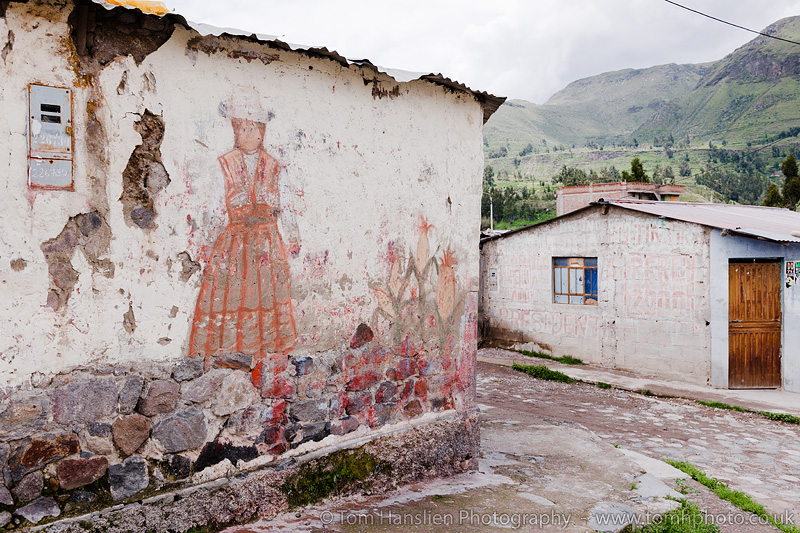
Inka streetart in Maca Village in the Colca Valley north of Arequipa.[/caption]
[caption id="attachment_2580" align="aligncenter" width="545"]

Inka streetart in Maca Village in the Colca Valley north of Arequipa.[/caption]
[caption id="attachment_2582" align="aligncenter" width="545"]

Street art in Chivay Village north of Arequipa in the Colca Valley.[/caption]
[caption id="attachment_2583" align="aligncenter" width="545"]

Street art in Chivay Village north of Arequipa in the Colca Valley.[/caption]
[caption id="attachment_2584" align="aligncenter" width="533"]

Sculpture in Chivay Village north of Arequipa in the Colca Valley.[/caption]
[caption id="attachment_2585" align="aligncenter" width="533"]

Sculpture in Chivay Village north of Arequipa in the Colca Valley.[/caption]
[caption id="attachment_2586" align="aligncenter" width="533"]

Mirador de los Andes north of Arequipa at 4910 meters above sea level.[/caption]
[caption id="attachment_2587" align="aligncenter" width="545"]

Mirador de los Andes north of Arequipa at 4910 meters above sea level.[/caption]
[caption id="attachment_2588" align="aligncenter" width="533"]
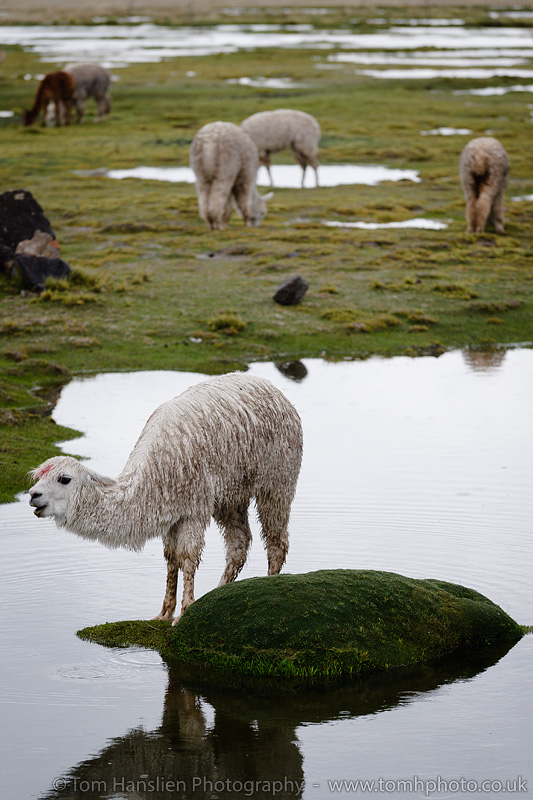
Alpacas in a field north of Arequipa.[/caption]
[caption id="attachment_2589" align="aligncenter" width="545"]

Alpacas in a field north of Arequipa.[/caption]
[caption id="attachment_2590" align="aligncenter" width="545"]

Church of San Francisco, Arequipa.[/caption]
Our last day in Arequipa and we’re not doing much – we have an excellent lunch at a little restaurant a few blocks from the main square. The staff are too shy to come over and take our orders as they don’t speak any English. Luckily for us a local businessman picks up on this and starts talking to the staff for us. We would have been fine to make the order in Spanish but because we were of course talking English between ourselves the staff assumed that we couldn't talk any Spanish at all. The good thing about getting a translation from the neighbouring table was that we got a proper explanation of the menu and learnt that in Arequipa they have one type of soup for every day, and the soup on Monday is called Chaque. We’d been eying up this soup as we saw it served to almost every customer that came into the restaurant so we were definitely up for testing this dish out. Our Chaque was made with mutton, lots of vegetables, and it’s very nicely seasoned. You can also get a beef Chaque apparently. The soup is a starter but absolutely humongous – hence the main meal is quite small – totally the other way around from what we’re used to. It was very lovely though and we’re a bit disappointed we didn't know of this concept with a soup for each day when we arrived so we could have sampled some of the other soups. It’s our last day and there won’t be more soup-tasting here in Arequipa this time around at least.
After lunch we head over to have a look at the Convento la Recoleta museum but once again we get caught out by the siesta – we just can’t seem to get used to this concept and it continuously interrupts our sightseeing plans. Apart from seeing the facade of the church our sightseeing attempt is foiled and we start heading back towards our hostel to write a bit in the blog as we wait for our departure of the night bus to Cuzco.
[caption id="attachment_2592" align="aligncenter" width="545"]

Convento La Recoleta, Arequipa.[/caption]
[caption id="attachment_2593" align="aligncenter" width="533"]

Arequipa.[/caption]
[caption id="attachment_2594" align="aligncenter" width="545"]

Street art, Arequipa.[/caption]
[caption id="attachment_2595" align="aligncenter" width="533"]

Street art, Arequipa.[/caption]
[caption id="attachment_2596" align="aligncenter" width="533"]

Street art, Arequipa.[/caption]




 The Saxon village of Viscri in Transylvania, Romania.[/caption]
[caption id="attachment_3178" align="alignnone" width="1024"]
The Saxon village of Viscri in Transylvania, Romania.[/caption]
[caption id="attachment_3178" align="alignnone" width="1024"] The Red Fort in New Delhi, India.[/caption]
[caption id="attachment_3175" align="alignnone" width="1024"]
The Red Fort in New Delhi, India.[/caption]
[caption id="attachment_3175" align="alignnone" width="1024"] Marrakesh, Morocco.[/caption]
[caption id="attachment_3174" align="alignnone" width="1024"]
Marrakesh, Morocco.[/caption]
[caption id="attachment_3174" align="alignnone" width="1024"]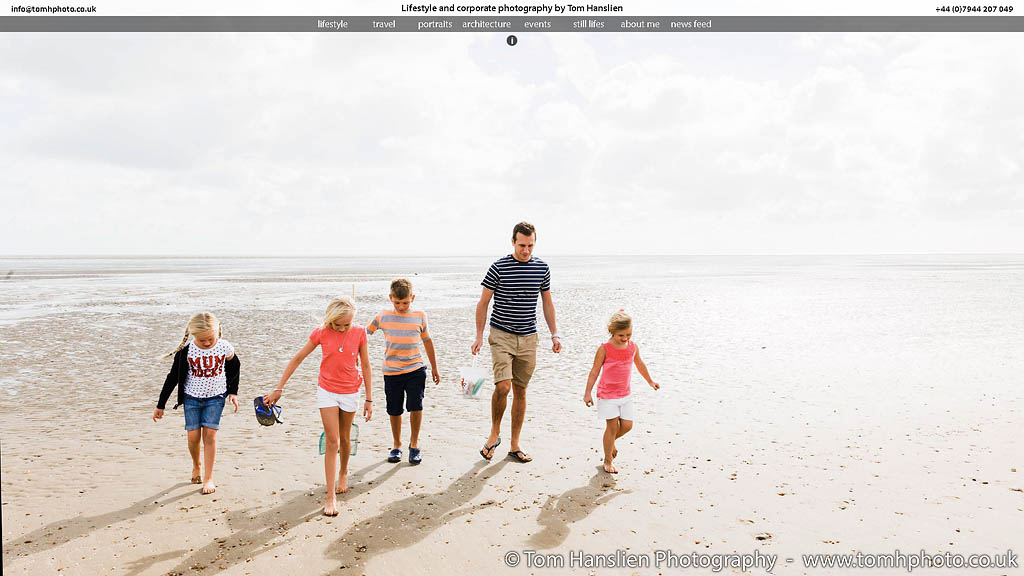 Greatstone Beach, New Romney.[/caption]
[caption id="attachment_3173" align="alignnone" width="1024"]
Greatstone Beach, New Romney.[/caption]
[caption id="attachment_3173" align="alignnone" width="1024"] Byron Bay, Australia.[/caption]
[caption id="attachment_3184" align="alignnone" width="1024"]
Byron Bay, Australia.[/caption]
[caption id="attachment_3184" align="alignnone" width="1024"] O.Z.O.R.A. festival in Hungary.[/caption]
[caption id="attachment_3177" align="alignnone" width="1024"]
O.Z.O.R.A. festival in Hungary.[/caption]
[caption id="attachment_3177" align="alignnone" width="1024"]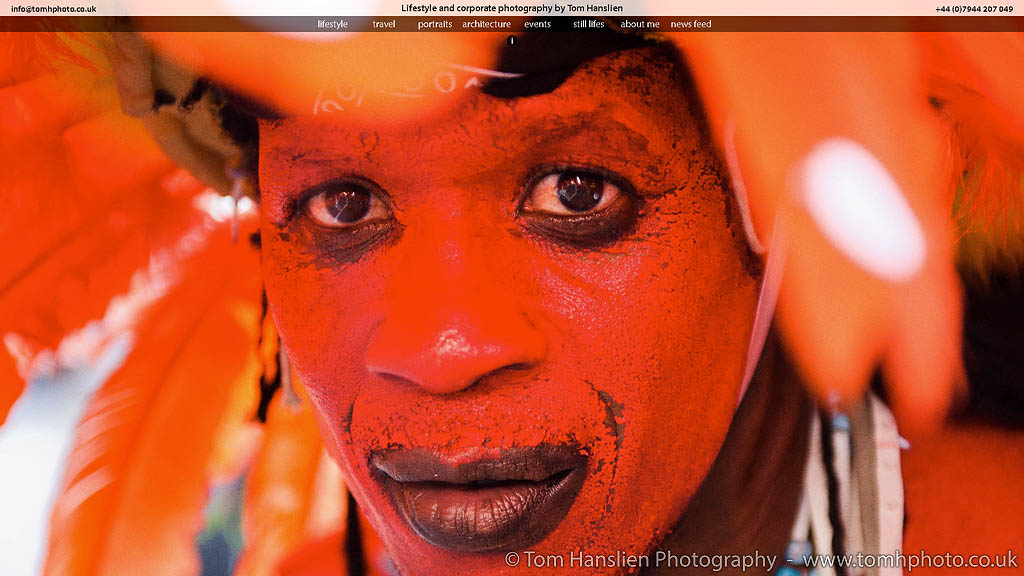 Masquerader in the Port of Spain Carnival in Trinidad and Tobago.[/caption]
[caption id="attachment_3180" align="alignnone" width="1024"]
Masquerader in the Port of Spain Carnival in Trinidad and Tobago.[/caption]
[caption id="attachment_3180" align="alignnone" width="1024"] The Birmingham Bullring.[/caption]
[caption id="attachment_3181" align="alignnone" width="1024"]
The Birmingham Bullring.[/caption]
[caption id="attachment_3181" align="alignnone" width="1024"] The iconic Sydney Opera House, Australia.[/caption]
The iconic Sydney Opera House, Australia.[/caption] 








































































































































